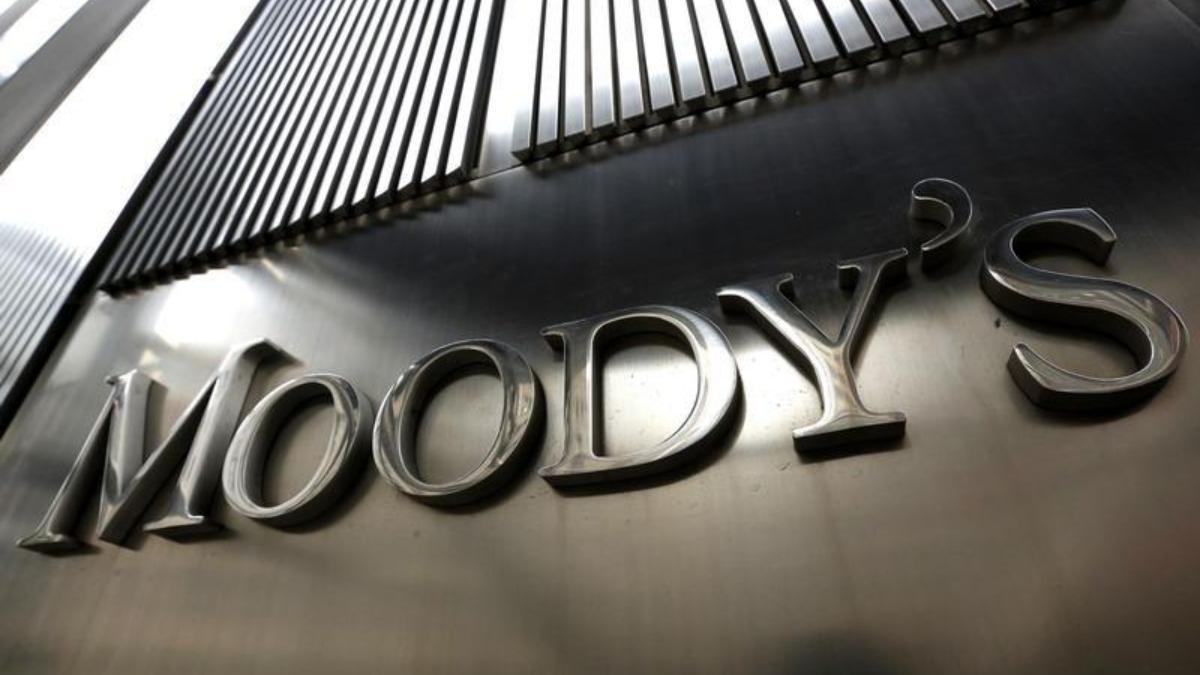On Monday, Moody’s Investors Service demoted India’s sovereign rating to the lowest investment grade. Thus, the country’s policy-making institutions faces challenges in both- enacting and implementing policies. Further, the government could face hurdles while implementing policies with limit the risks of a long period of low growth. It predicts significant further deterioration in the financial position of the government and the overall uncertainty in the financial sector.
The aftermath of the country’s nuclear tests resulted in the last downgrade on June 19,1998 . The rating has gone from Baa2 to Baa3, and India witnesses its lowest investment grade. Further, S&P and Fitch have rated India a BBB(minus), another lowest possible investment grade.
Cause of the downgrade
The action was taken in the context of the COVID-19 pandemic, however, it was not driven by the impact of the pandemic on the Indian economy. Instead, the pandemic amplifies the shortcomings and vulnerabilities in India’s credit profile. Especially considering the profiles present and building before the shock, and which furthered the assignment of a negative outlook last year itself.
The current demotion comes thanks to the deterioration in the country’s growth prospects since the nation-wide Lockdown. The Lockdown has choked revenue systems, including the GST. Thus, economists say the increased borrowing will widen the gap in the current fiscal deficit to 5.5% of the GDP.
Impact
Two key factors that have contributed to the slow growth are slow reform momentum and the constrained effectiveness of policies.
Moody’s further said that the growth in GDP has declined from a high of 8.3% in 2016, to 4.2% in 2019. The GDP may contract a further 4.0%.
Moody’s report is likely to increase pressure on the Indian rupee, raise borrowing costs and dampen an already strained investor sentiment.
On the positive side, Moody’s optimistic predictions show an 8.7% growth in 2021, and close to 6.0% thereafter.

